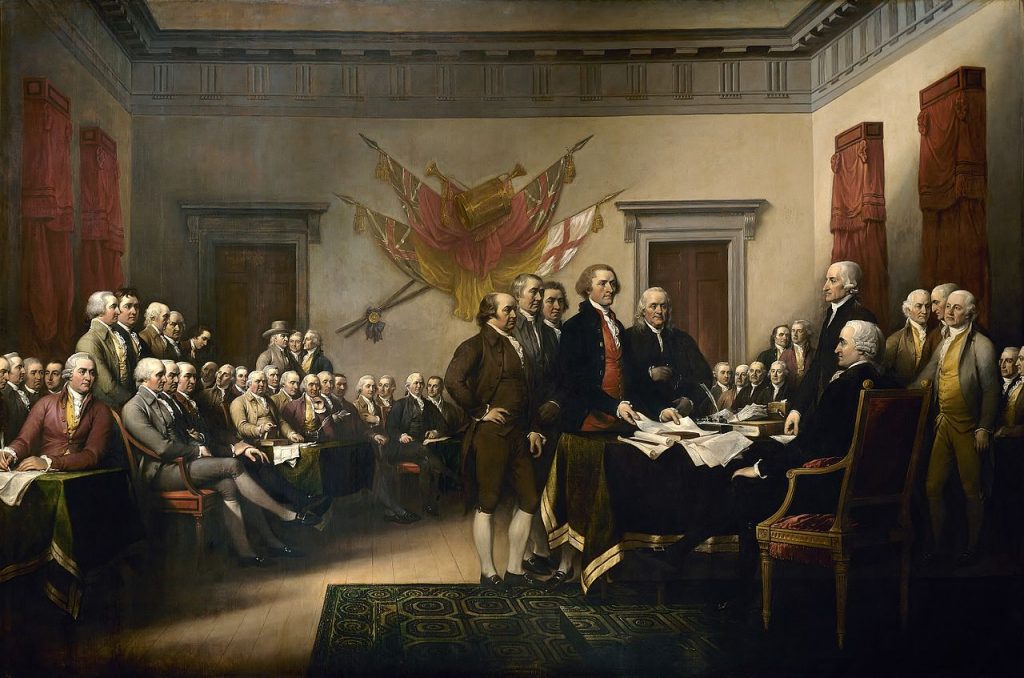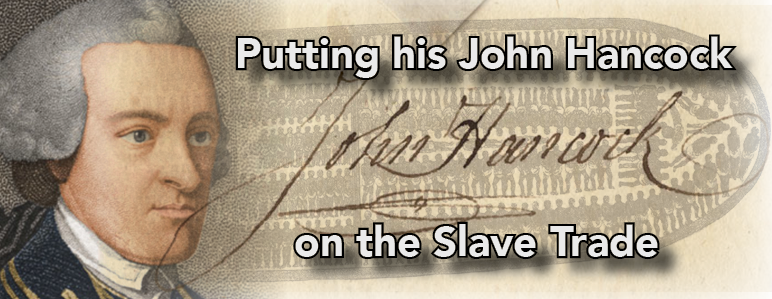Putting his John Hancock on the Slave Trade

John Hancock (1737–1793) was the first and third Governor of the Commonwealth of Massachusetts and a prominent patriot of the American Revolution. He is remembered for his overblown signature as one of the 56 white colonists who signed the Declaration of Independence—so much so that the term “John Hancock” has become a synonym for a signature.
Hancock and 40 others who signed that document were signatories to another more notorious institution—one that made America the richest nation in the history of the world—Black slavery. In Boston, Hancock was considered to be the city’s illustrious “merchant prince.” He was a smuggler and a slaver, who owned ships named Liberty, Boston Packet, and Lydia and who refined the nefarious practice of smuggling to a true art form. The House of Hancock was a lucrative mercantile business that found its grandest profit in the smuggling exploits of John’s uncle, Thomas.
One biographer advises us that his “many such illicit ventures revealed the devious working of his scheming mind.” For the Hancocks, the evasion of customs and taxes had attained the status of “holy commercial crusade…with the wholehearted approval and support of the populace.”
The Hancocks, listed as one of the 162 leading slave-holding families in colonial New England, kept Black slaves named “Molly,” “Agniss,” “Cato,” “Prince Holmes,” “Cambridge,” and “Hannibal” and white servants named Hannah and Betsey.

